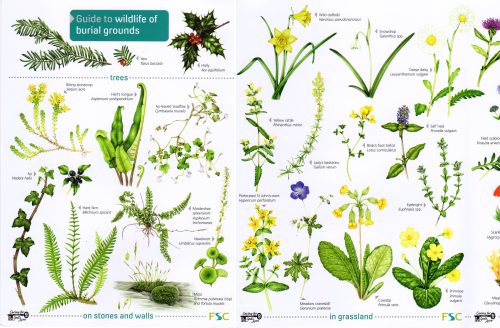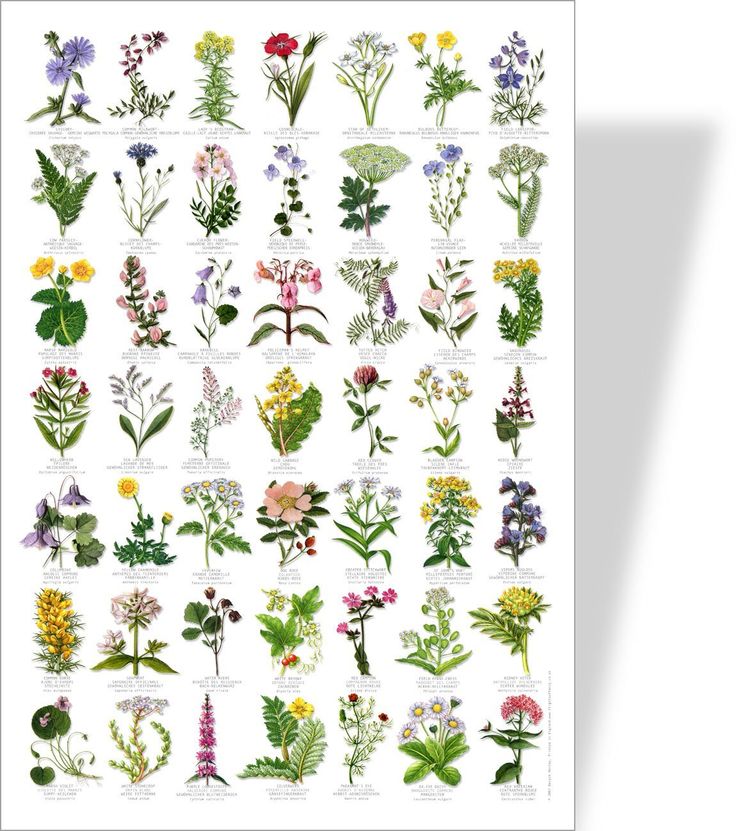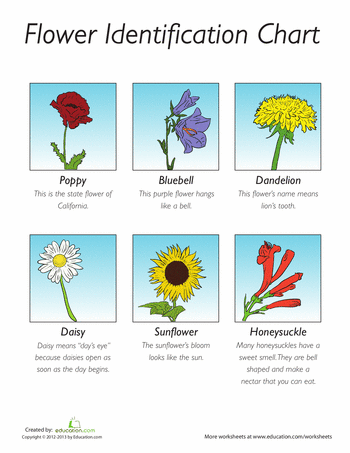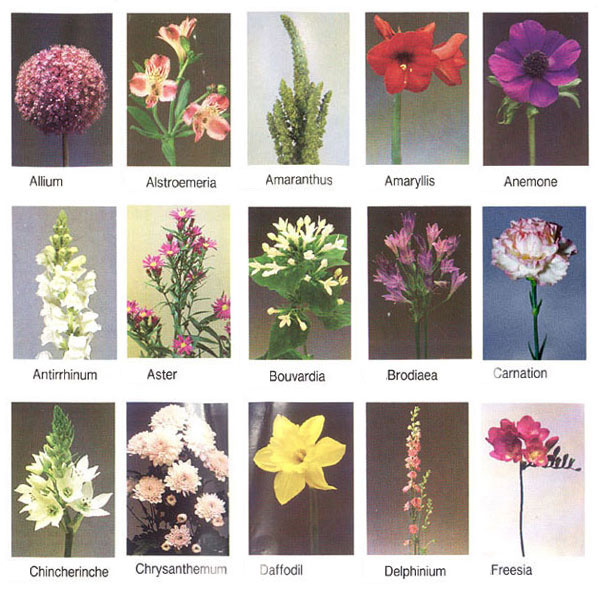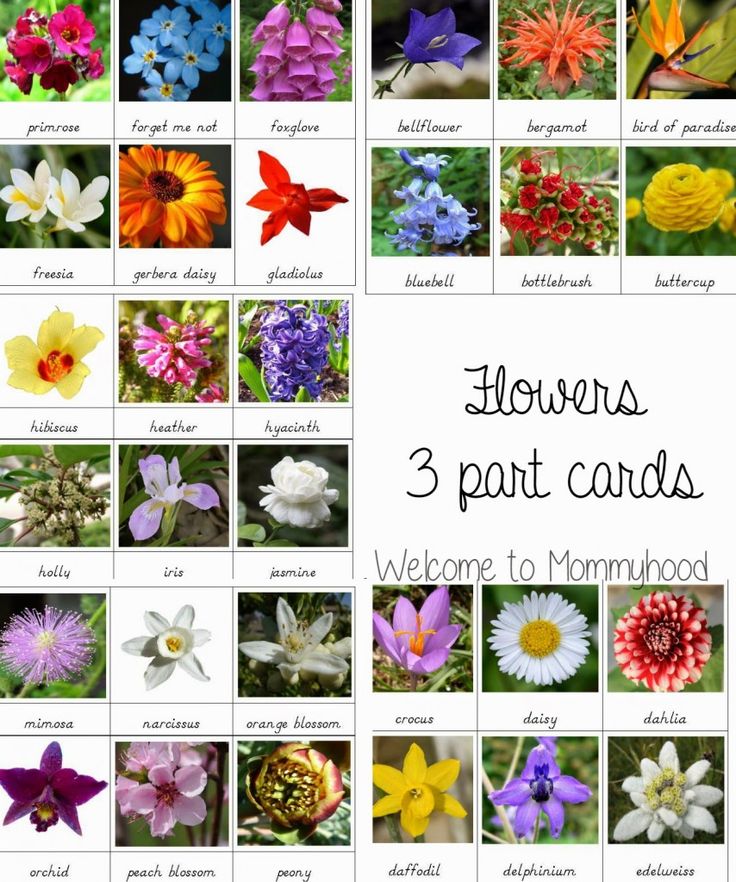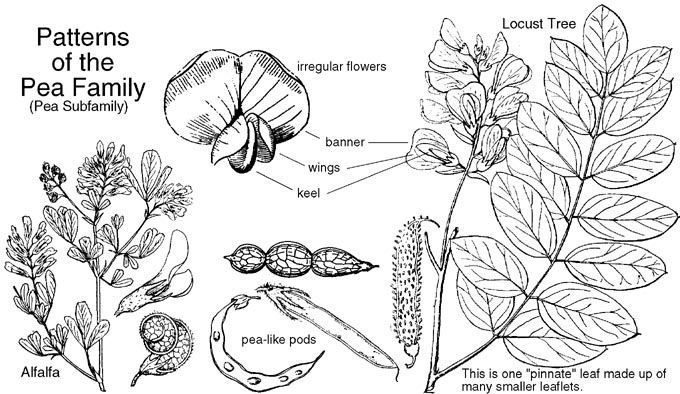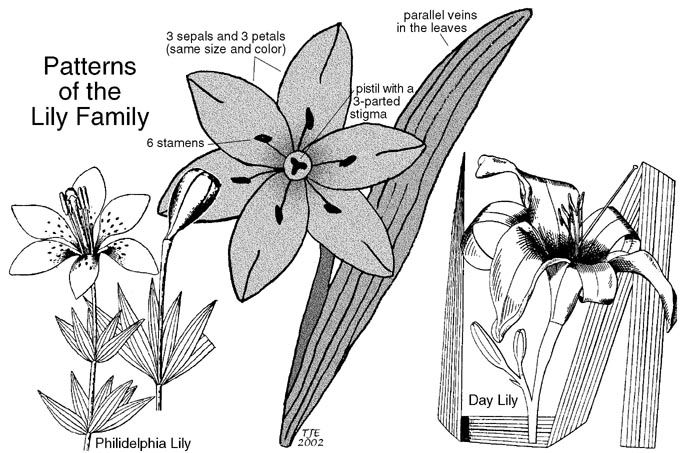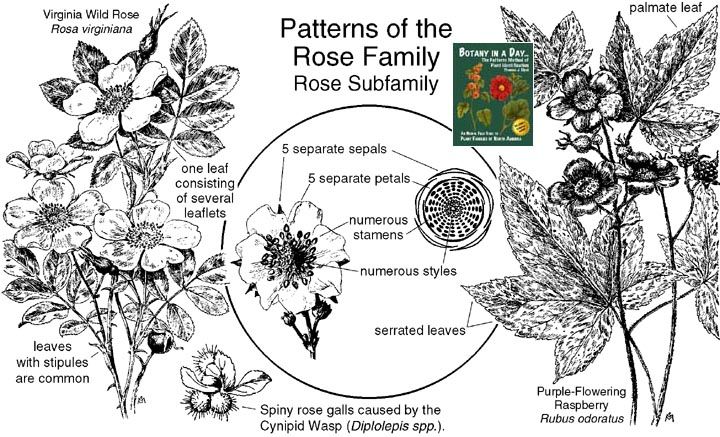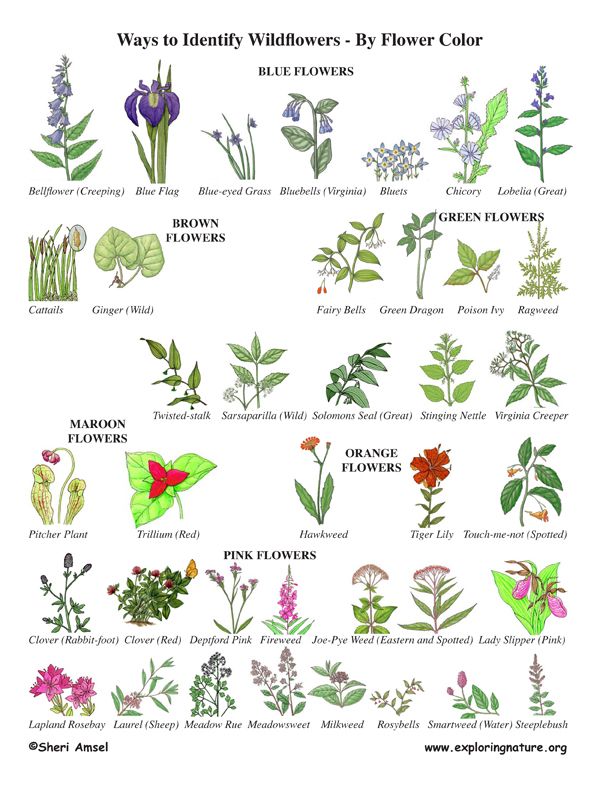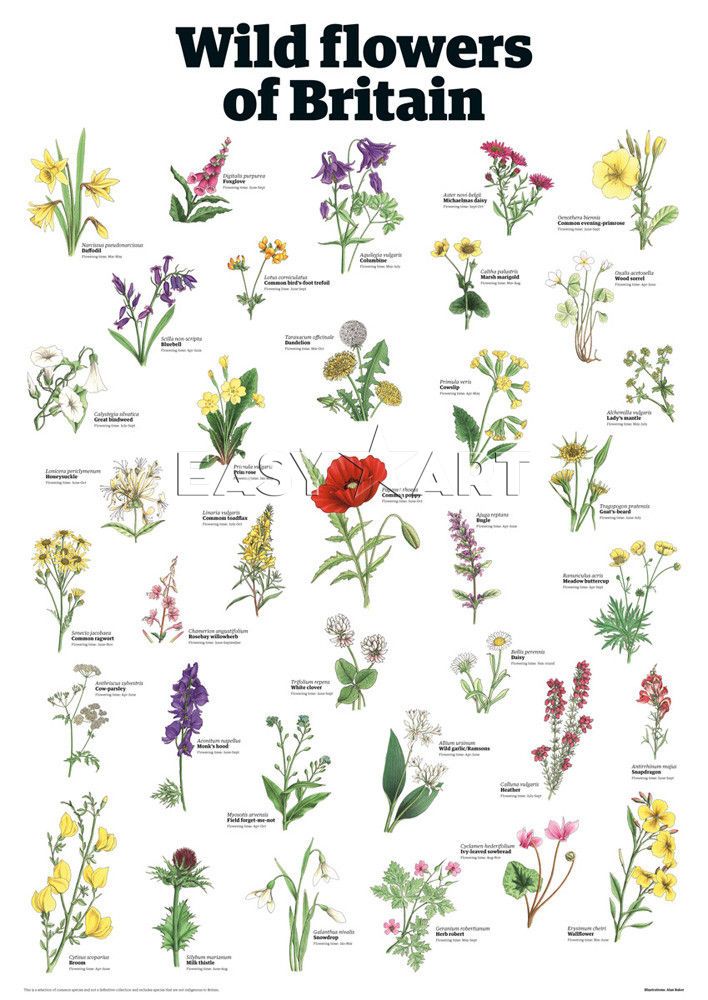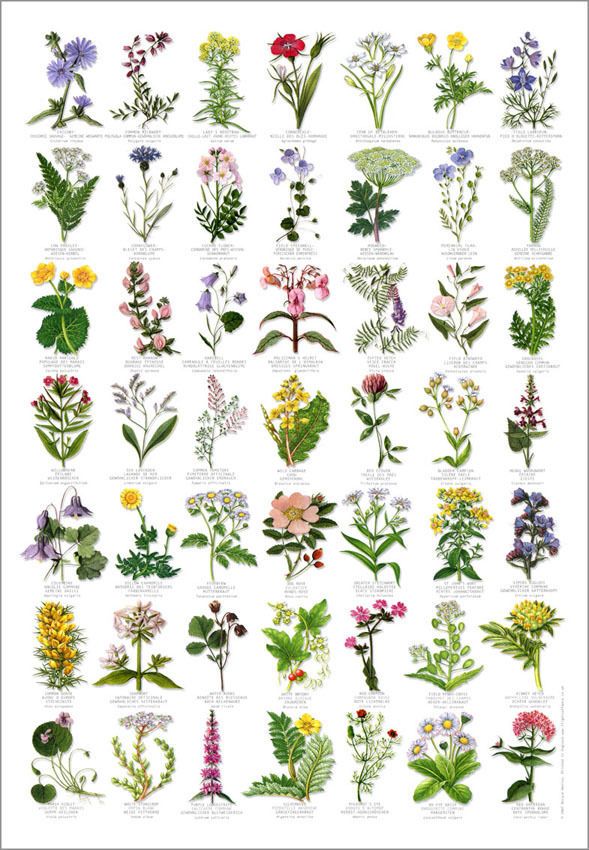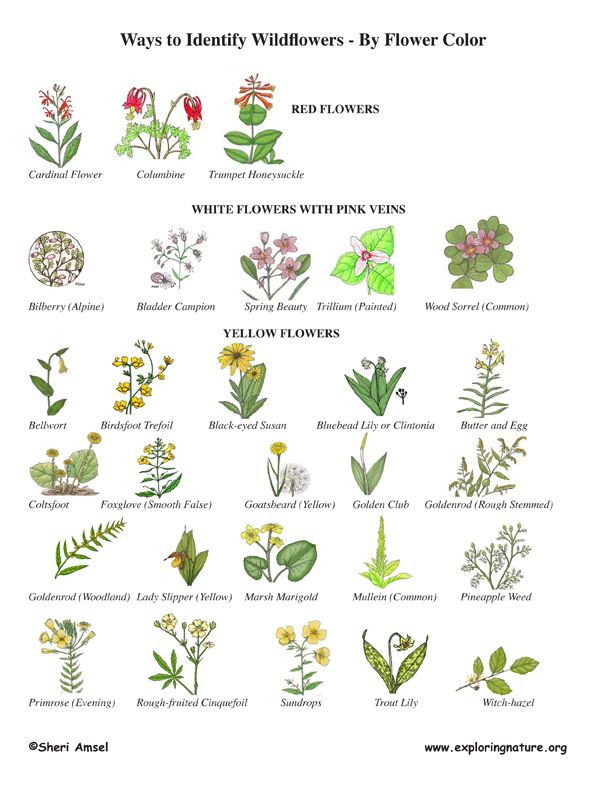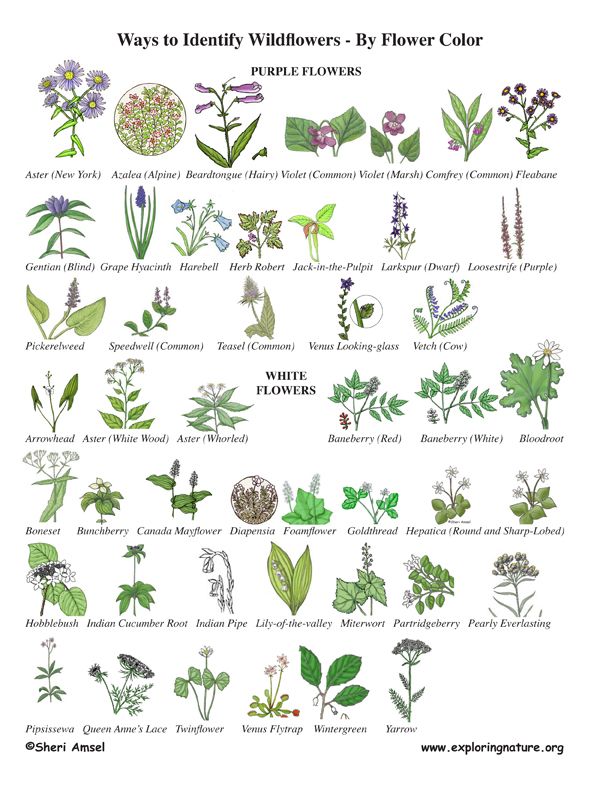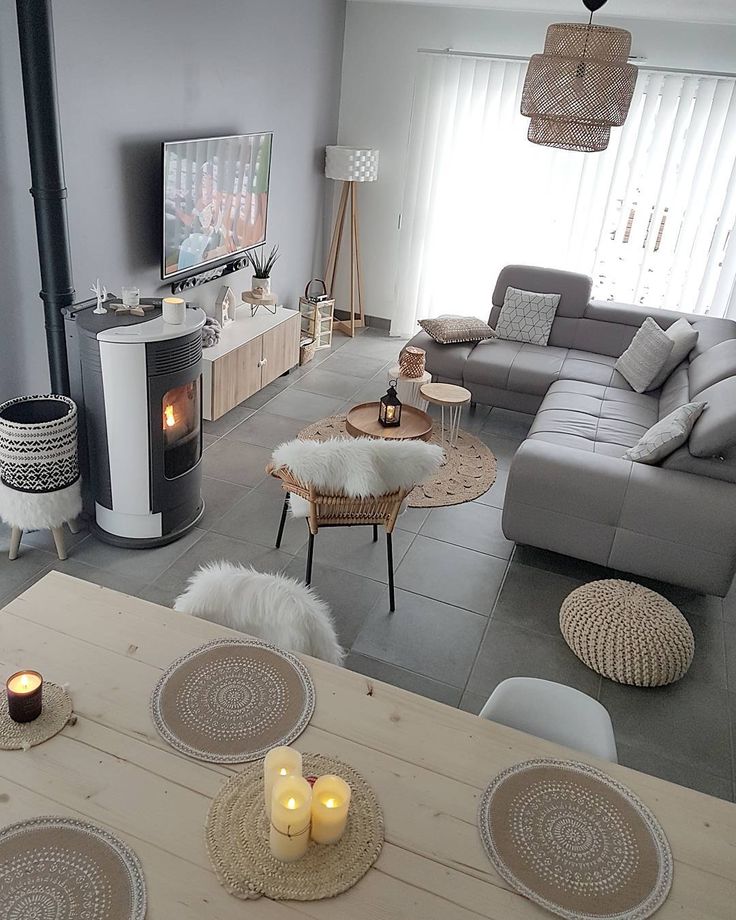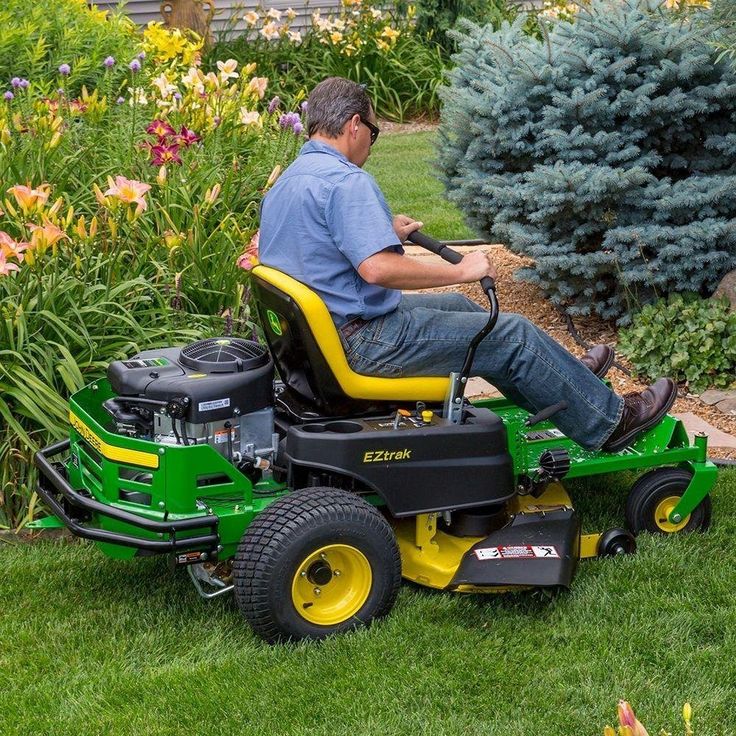English wildflowers identification
A simple guide to the wildflowers of Britain
From deciduous woods yet to fill out with leaf, to windswept hilltop shingle beach and riverbank, our flora can give so much pleasure.
British flora is modest by international standards, but full of pleasures for those prepared to look closer. Woodland flowers come early in the spring, before the canopy closes overhead, then the lanes and verges are full of creamy beauty. The foreshore and saltmarsh are always special places for rarities and the crumbling stonework of ancient walls is often festooned with minor treasures, readily presented to the observant eye. Wetlands and watercourses are home to a rich variety of flowers that float on the surface or sit on tufts, defying the close approach. In late summer, the heaths and moors are chequered with visual interest and scent on the breeze.
The very act of breaking the ground brings out the pretty annuals and the most unpromising banks of a new bypass will unexpectedly sprout orchids and cowslips for us to rush past.
Each plant has its unique method of attracting pollinators or distributing its seed. Many still jog the memory with some special attribute lingering from an ancient past when all flowers conveyed a message. From the long list of favourites, we present a selection of seasonal beauties, each a reminder of Nature’s ingeniously varied plan.
A simple guide to the wildflowers of BritainCorncockle
Agrostemma githago
Once a common cornfield weed, this tall annual with magenta flowers survives in modern garden-meadow mixtures
Ramsons
Allium ursinum
The floor of a limestone wood in spring is often pungently perfumed with this abundant relative of garlic
Pyramidal orchid
Anacamptis pyramidalis
By no means always isosceles in shape, this midsummer orchid’s flower spike favours milder parts of Britain, especially on alkaline grassland
Wood anemone
Anemone nemorosa
A flush of sunshine through the canopy of an ancient wood will open the white flowers of this early flowering lowly beauty
Cow parsley
Anthriscus sylvestris
Shady hedgerows in May foam with the green and white of this familiar umbellifer, now a show-garden must-have
Columbine
Aquilegia vulgaris
A woodland plant on limestone, the flowers of this garden ancestor symbolised a flight of doves to the medieval mind
Thrift
Armeria maritima
Overlooking the sea on ledges, this neat green mat with its pink pincushion flowers is tougher than it looks
Daisy
Bellis perennis
From compacted pastures to suburban lawns, the Anglo-Saxon ‘Day’s Eye’ is a familiar image of retiring modesty
Kingcup
Caltha palustris
Tread carefully to admire this brilliant-yellow flower, which lights up the marsh and woodland stream in early spring
Harebell
Campanula rotundifolia
Powder-blue bells on the slightest of frameworks flickering in the summer breeze on heathy turf: the bluebell of Scotland
Cuckoo flower
Cardamine pratensis
Or lady’s smock, or milkmaids: a film of pastel hue across a damp meadow or grassy verge in late spring.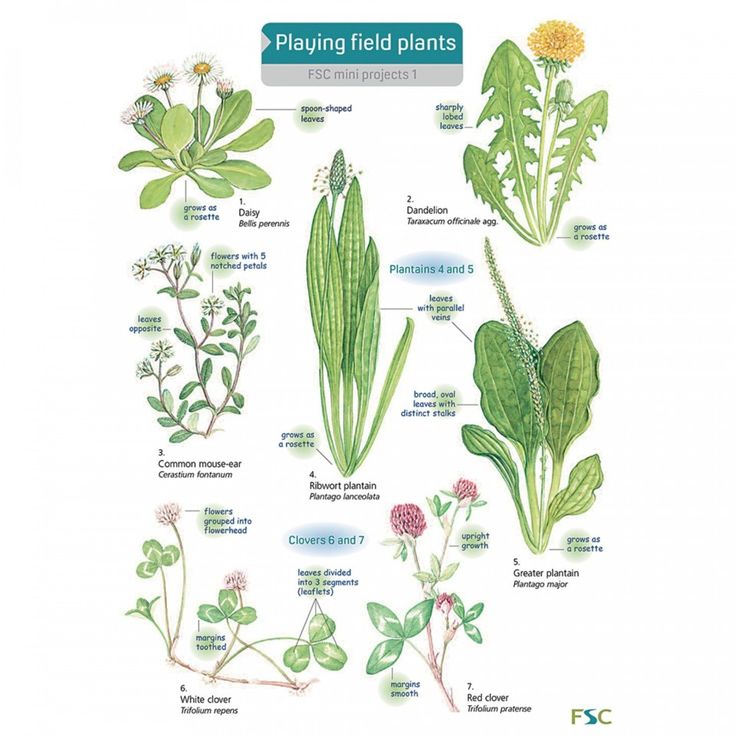 These lovely flowers were chosen by wildflower experts Caz Buckingham and Andrea Pinnington as some of their favourites.
These lovely flowers were chosen by wildflower experts Caz Buckingham and Andrea Pinnington as some of their favourites.
Cornflower (Centaurea cyanus) growing in a traditional hay meadow at College Lake nature reserve, Buckinghamshire.
Cornflower
Centaurea cyanus
Famously bright blue and surprisingly tall, this is another cornfield exile more commonly seen nowadays as a garden annual
Chicory
Cichorium intybus
The tall, solitary, slender plant by a dusty roadside in late summer with a brilliant blue daisy flower on top
Lily of the valley
Convallaria majalis
This traditional favourite among scented flowers can be sought out among the limestone pavements of the Pennines. Beware though: this is among the common plants that are dangerous to dogs and cats.
Sea kale
Crambe maritima
A shallow dome of blue-green, waxy leaves on a shingle foreshore, with richly scented off-white flowers on top
Wild carrot
Daucus carota
An easy umbellifer to recognise because of its distinctively concave, off-white flowerhead on verges and coastal walks everywhere
Foxglove
Digitalis purpurea
Tall and pink, and sometimes white, lighting up woodland and bracken slopes in early summer and irresistible to bees
Teasel
Dipsacus fullonum
An opportunist in cleared ground, producing its water-filled leaves and softly tactile, lilac-ringed, egg-shaped blooms in late summer
Sea holly
Eryngium maritimum
A special treasure to find among the dunes and marram grass, with its silvery foliage and blue flowers
Lady’s bedstraw
Galium verum
One of the minor pleasures among the undisturbed grassland is this delicate, yellow-flowered creature, which, when dried, has the scent of new-mown hay
Meadow cranesbill (Geranium pratense)
Meadow cranesbill
Geranium pratense
Big blue, white or violet flowers on a handsome plant, one of the signatures of midsummer in limestone grassland and verges
Water avens
Geum rivale
Among the marshes and riversides, look out for this quietly elegant plant with its hanging bells of maroon and yellow
Bluebell
Hyacinthoides non-scripta
England’s glory in May, forming massed displays in ancient woods.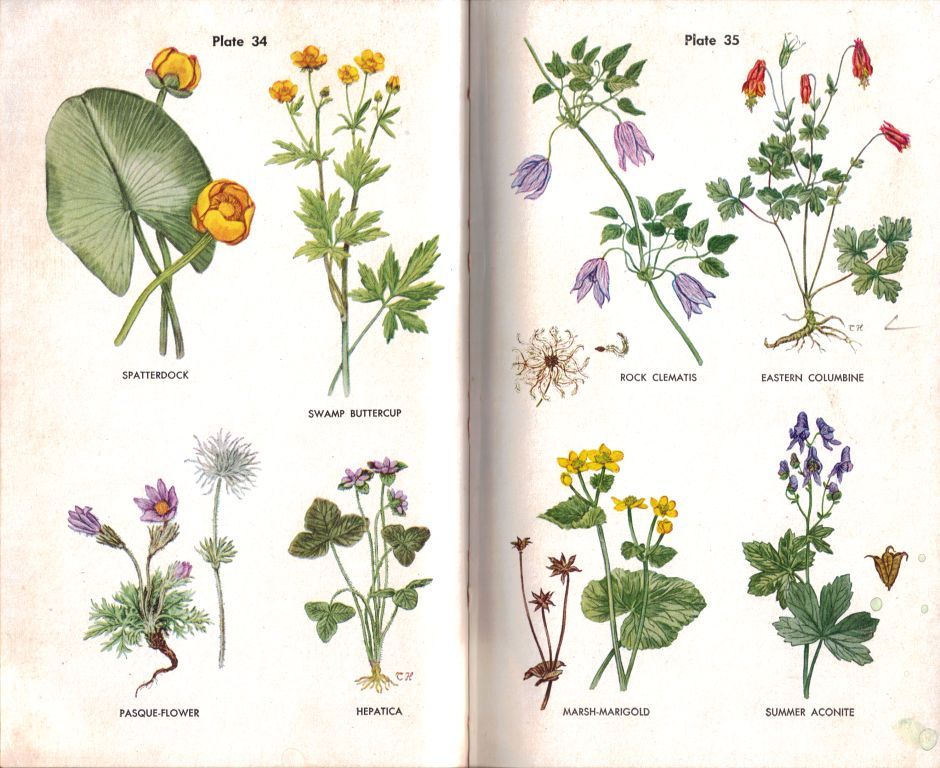 The pendulous flowers hang distinctively on one side. Gardening writer and regular Country Life contributor Steven Desmond named this as his favourite wildlower ‘because it’s especially British, everyone knows it and it adorns our ancient woods each spring.’
The pendulous flowers hang distinctively on one side. Gardening writer and regular Country Life contributor Steven Desmond named this as his favourite wildlower ‘because it’s especially British, everyone knows it and it adorns our ancient woods each spring.’
Field scabious
Knautia arvensis
On a tall herbaceous perennial, these familiar shallow pincushions of violet-blue swing about on verges in late summer
Honeysuckle
Lonicera periclymenum
The drifting scent of this hedgerow climber on a May evening is an abiding memory of the English countryside
Bird’s foot trefoil
Lotus corniculatus
The little clumps of bacon-and-eggs in rough limestone pasture are a sign that other floral beauties are nearby
Ragged robin
Lychnis flos-cuculi
Look for the delicate pink flowers of this tall perennial in marshes and by watercourses in early summer
Musk mallow
Malva moschata
On grassy banks in summer, the big, shiny, pink or white flowers above delicate foliage look like a garden escape
Welsh poppy
Meconopsis cambrica
The pleated yellow flowers of this doubtful native are often found in old garden rockeries, where they seed abundantly
Wood forget-me-not
Myosotis sylvatica
Flowering shyly by the woodland edge, this familiar plant’s little stars of blue and pink are known to every dog-walker
Wild daffodil
Narcissus pseudonarcissus
Locally abundant in damp meadows and thin woodland, where its distinctive pale-yellow flowers are admired each Easter.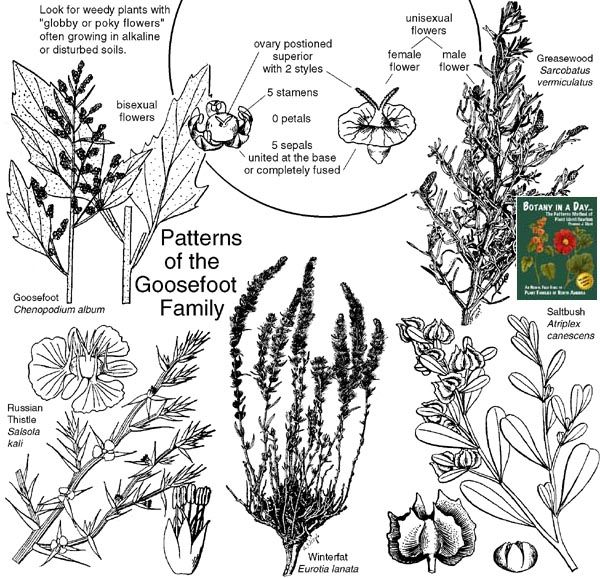
Tom Coward, head gardener at Gravetye Manor, has previously named these as his favourite wildflowers in Country Life. ‘It’s hard to pick one plant above all others, but, if I have to chose, it would be the wild daffodil,’ he said.
‘We have carpets of them at Gravetye and the sight of their brilliant gold through the meadow, signalling the start of spring, is one of the most marvellous things in the year.’
Bee orchid
Ophrys apifera
A special treat for the observant eye: in limestone grassland, where its arrestingly convincing flowers are backed with a pink triangle.
It’s also a flower with committed fans: Alan Titchmarsh himself has named it his favourite wildflower, calling it ‘a curiously shaped flower of such insectivorous complexity that it seems unreal’ when asked in a 2015 Plantlife survey to find the nation’s favourite wildflower.
‘Dozens of them erupted from the grassy bank outside a house on the north coast of the Isle of Wight,’ Alan added. ‘Then, I bought a house there myself and found that they grew in the rough turf of my garden, which was a dream come true. Despite their capricious nature, they remain my favourite.’
‘Then, I bought a house there myself and found that they grew in the rough turf of my garden, which was a dream come true. Despite their capricious nature, they remain my favourite.’
Mary Keen agreed, saying that ‘bee orchids on chalky downs with skylarks singing overhead never fail to give me a lurch of pleasure.’
Early purple orchid
Orchis mascula
The richly hued blooms above spotted leaves are often seen each May among banks of cowslips and primroses
Field poppy
Papaver rhoeas
The scarlet opportunist, an annual that turns up wherever soil is disturbed, its seeds lying dormant until the day comes
Cowslip
Primula veris
Nowadays, a favourite sight in sheets on motorway verges, where its butter-yellow bunches thrive on an annual mowing regime
Primrose
Primula vulgaris
A favourite woodland flower, adorning banks and Cornish hedges each spring, each plant is seen to be either male or female to the close observer.
‘The primrose is my favourite harbinger of spring,’ wrote gardener, author and National Garden Scheme chief executive George Plumptre for Country Life back in 2015, ‘and an integral part of proper English countryside, for the way it suddenly appears along banks and pathways and its most delicate, natural shade of yellow that is lost in all the hybrid plants produced for gardens. It’s a flower that reminds people of their childhoods and is, therefore, strongly evocative.’
Bulbous buttercup
Ranunculus bulbosus
A medium-height buttercup of compacted grassland, readily identifiable from its reflexed sepals under each shining bloom
Dog rose
Rosa canina
One of several species of wild rose, whose pink flowers decorate the hedgerows through which its thorny shoots have scrambled
Goat’s beard
Tragopogon pratensis
A roadside-verge novelty whose elegantly upright buds open to yellow dandelion flowers exclusively on sunny summer mornings
Sweet violet
Viola odorata
Recommended videos for you
A woodland-edge beauty of early spring in blue, purple or white, with a memorable scent for those who are prepared to grovel
Common yarrow
Achillea millefolium
With soft, feathery leaves and pungent scent, this flower of pasture and wayside attracts butterflies and has sired numerous colourful garden cultivars
Scarlet pimpernel
Anagallis arvensis
They seek him here, they seek him there—this pimpernel is a bright, but tiny annual on floppy stems, the flowers closing up in inclement weather
Botanical artist and Fritillaria specialist Laurence Hill reveals his top tips.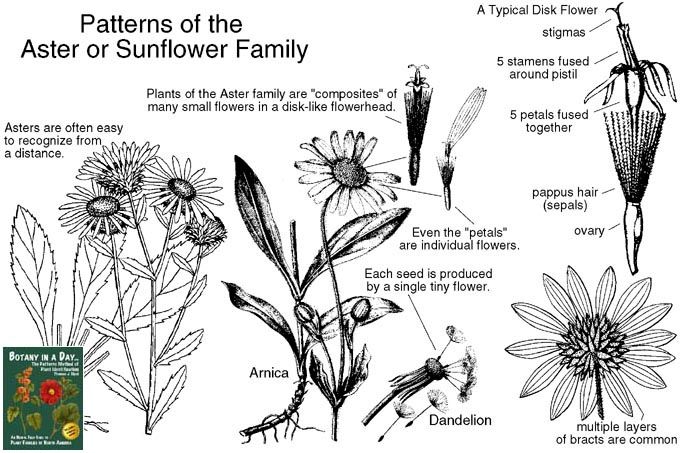
Which wildflower gets your vote?
The NHBS Guide to UK Wild Flower Identification
Luanne Wilkes
ID guide Starting out Botany
Germander speedwell (Veronica chamaedrys). Image by L WilkesPlants and fungi are not only beautiful and interesting to study, but they also provide the building blocks on which all of our other wildlife (and ourselves) depend. Monitoring their abundance and diversity is key to understanding the health of our habitats. Plus, there are numerous studies that suggest that being around plants has benefits for our mental wellbeing, including improved concentration and memory as well as a better overall mood.
Spring and early summer are the perfect time to study your local plants as many will be in flower at this time, making them much easier to identify.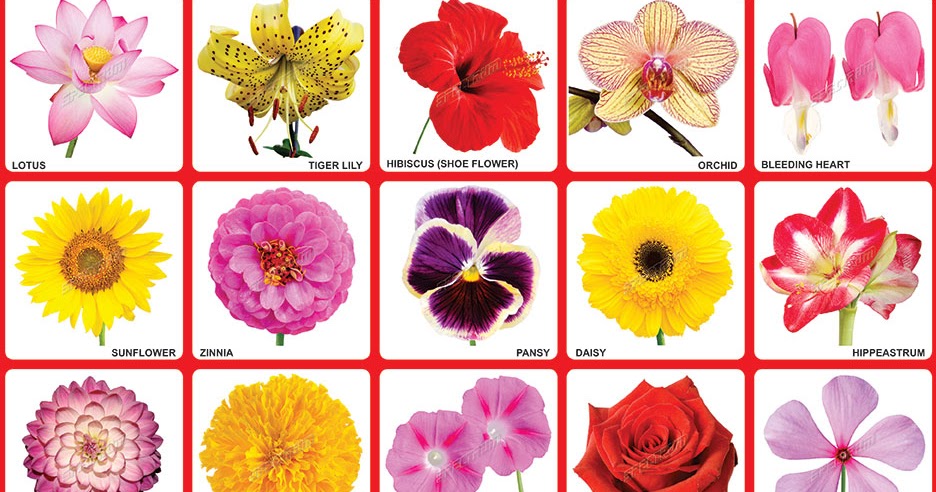 (For other times of the year, a guide such as the Vegetative Key to the British Flora is invaluable – but it may take a bit of practice. For beginners, we suggest starting during the flowering season).
(For other times of the year, a guide such as the Vegetative Key to the British Flora is invaluable – but it may take a bit of practice. For beginners, we suggest starting during the flowering season).
In this article we’ve featured a number of wild flowers that you’re likely to find, either in your garden or when out walking. These are separated into Town and Country/Woodland, but bear in mind that there will be some overlap, so it’s worth looking at both lists. Chances are that you’ll also find a few species that aren’t included here – you can find lots more information on the Plantlife website, including ways to submit your findings to their records. Or why not check out one of our wild flower ID guides listed at the bottom of the post?
Town
Here you will find nine of the most common species that you’re likely to encounter in urban areas. Pay particular attention to parks, waste ground and walls, and don’t forget to check the pavement cracks too.
LOOK OUT FOR:
Image by Catherine Singleton via Flickr1. Daisy – Bellis Perennis
Daisy – Bellis Perennis
Flowers March-October.
Easily recognisable flower with a yellow centre and numerous white petals. Abundant in short grass such as parks and garden lawns.
Image by Far Closer via Flickr
2. Silverweed – Potentilla anserina
Flowers May-August.
Common on bare or well-walked ground such as the sides of tracks. Easy to recognise due to the silver-white underside of leaves.
Image by Siaron James via Flickr
3. Bramble – Rubus fructicosus
Flowers May-October.
Very abundant on waste ground as well as on heaths and in hedgerows and woodland. Thorny shrub with white or pale pink flowers.
Image by Judy Gallagher via Flickr
4. Scarlet Pimpernel – Anagallis arvensis
Flowers April-October.
Commonly found in gardens as well as arable fields, dunes, cliffs and heathland.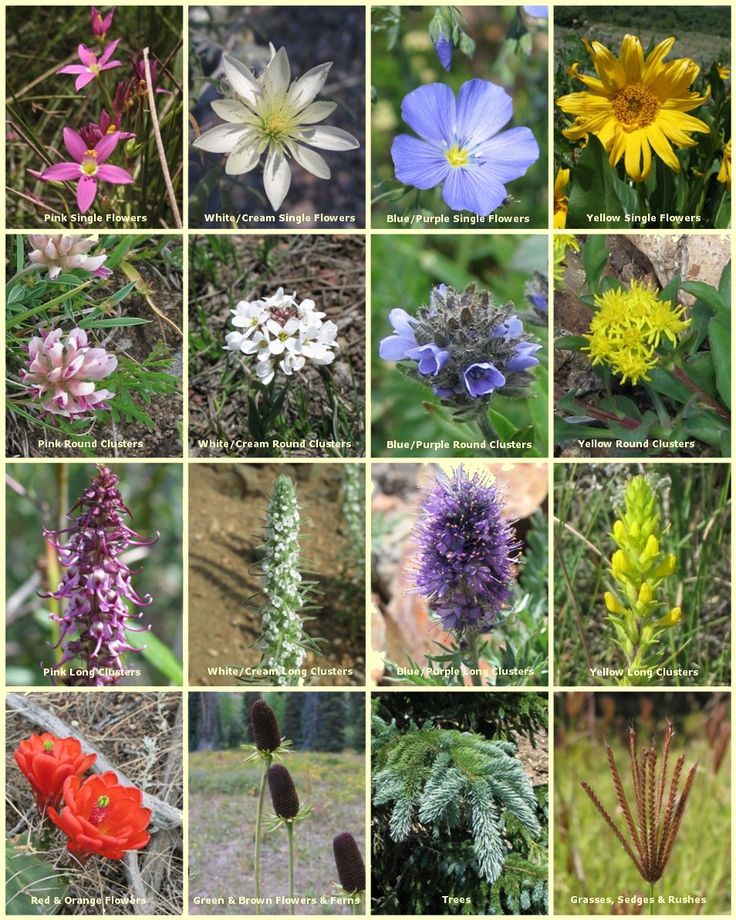 Low growing and sprawling. Flowers are red with a purplish base.
Low growing and sprawling. Flowers are red with a purplish base.
Image by cazstar via Flickr
5. Rosebay Willowherb – Chamerion angustifolium
Flowers June-September.
Abundant on disturbed ground, verges and railways. Produces tall spires of purplish flowers. Often found in dense stands.
Image by Franco Folini via Flickr
6. Ivy-Leaved Toadflax – Cymbalaria mularis
Flowers May-September.
Often found on old walls and in pavement cracks. A straggly plant with ivy-like leaves and small lilac flowers with a yellow spot.
Image by Dean Morley via Flickr
7. Buddleia (Butterfly Bush) – Buddleja davidii
Flowers June-October.
Likes dry, disturbed places such as waste ground, railways, walls and roofs. Long sprays of purple, white or lilac flowers; a favourite of butterflies.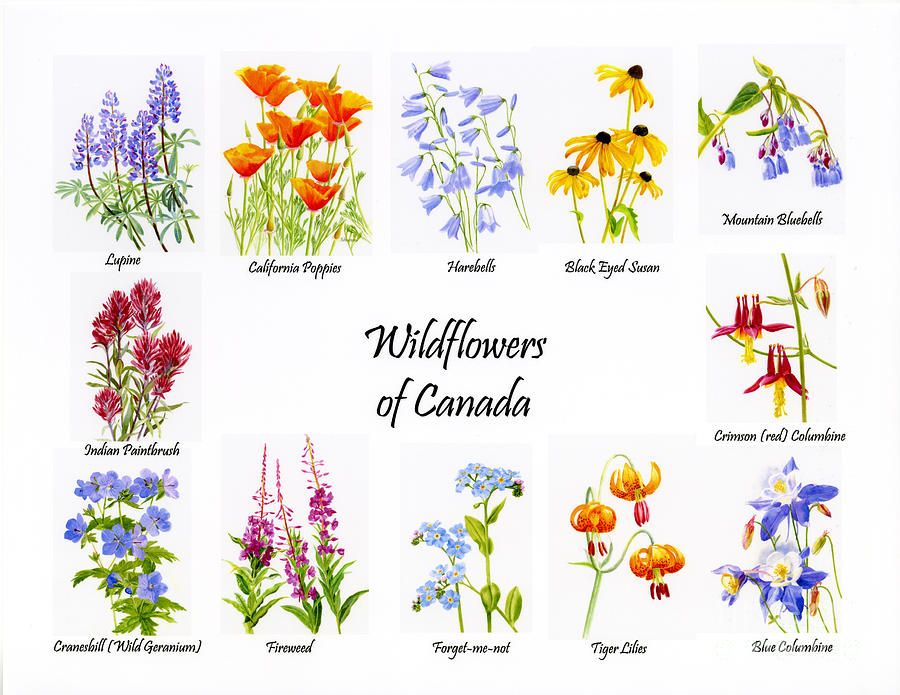
Image by Melanie Shaw via Flickr
8. Feverfew – Tanacetum parthenium
Flowers July-September.
Found in walls, pavement cracks and on waste ground. Flowers similar to a daisy but with shorter, broader petals. Aromatic leaves.
Image by Andreas Rockstein via Flickr
9. White Clover – Trifolium repens
Flowers May-September.
Found in most types of grassland as well as on waste/disturbed ground. Globular clusters of flowers on long stalks; usually off-white or pale pink. The leaflets usually have a pale chevron shape near the base.
Country/Woodland
This list features nine species commonly found in the countryside and wooded areas. Hunt along the hedgerows and meadows as well as on river banks and in woodland clearings.
look out for:
Image by saydelah via Flickr1. Cow Parsley – Anthriscus Sylvestris
Flowers late April-June.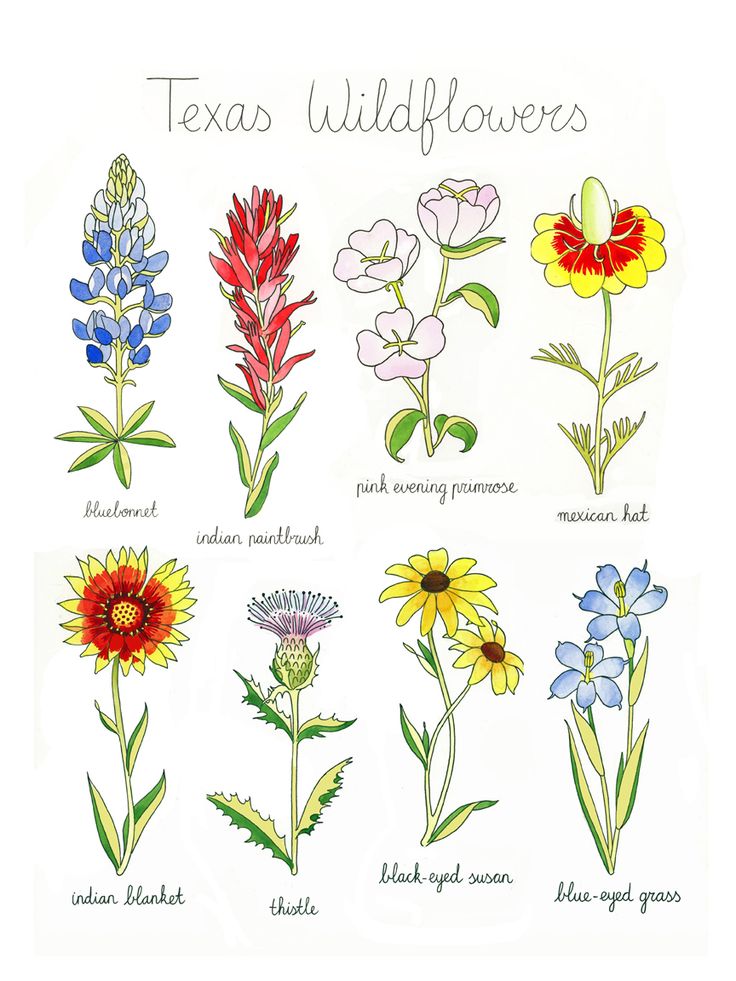
Extremely common during May on roadside verges and in woodland rides and clearings. White flowers radiate out from the stem on spokes. Fern-like leaves.
Image from Lawn Health via Flickr
2. Germander speedwell – Veronica chamaedrys
Flowers March-July.
Common in grass and roadside verges. Bright blue flower with a white eye on a sprawling stem. Leaves oval and toothed.
Image by Amanda Slater via Flickr
3. Meadowsweet –Filipendula ulmaria
Flowers June-Sept.
Likes damp ground such as roadside ditches and wet woodland. Long stems with clusters of cream, fuzzy flowers which smell of honey or almonds.
Image by Melissa McMasters via Flickr
4. Herb Robert – Geranium robertianum
Flowers April-October.
Likes banks, woods, gardens and walls. Purple flowers with lighter stripes on petals. Whole plant may sometimes turn red.
Image by Siaron James via Flickr
5.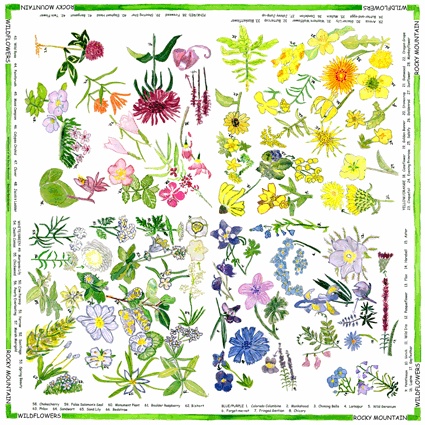 Bugle – Ajuga reptans
Bugle – Ajuga reptans
Flowers April-June.
Common in damp deciduous woodland and other shady places as well as unmanaged grassland. Forms long stems with rosettes of green-purplish leaves and blue flowers marked with white.
Image by muffinn via Flickr
6. Red Campion – Silene dioica
Flowers April-October.
Likes hedgerows and woodland clearings. Five-petalled pink/red flowers on long stems with opposite leaves.
Image by johndal via Flickr
7. Greater Stitchwort – Stellaria holostea
Flowers late March-June.
Common in hedges and verges as well as in woodland. White flowers with five petals, split halfway to the base. Sprawling with narrow leaves.
Image by johndal via Flickr
8. Yellow pimpernel – Lysimachia nemorum
Flowers May-September.
Fairly common in moist, shady woodland (deciduous). Low growing/sprawling with yellow star-shaped flowers.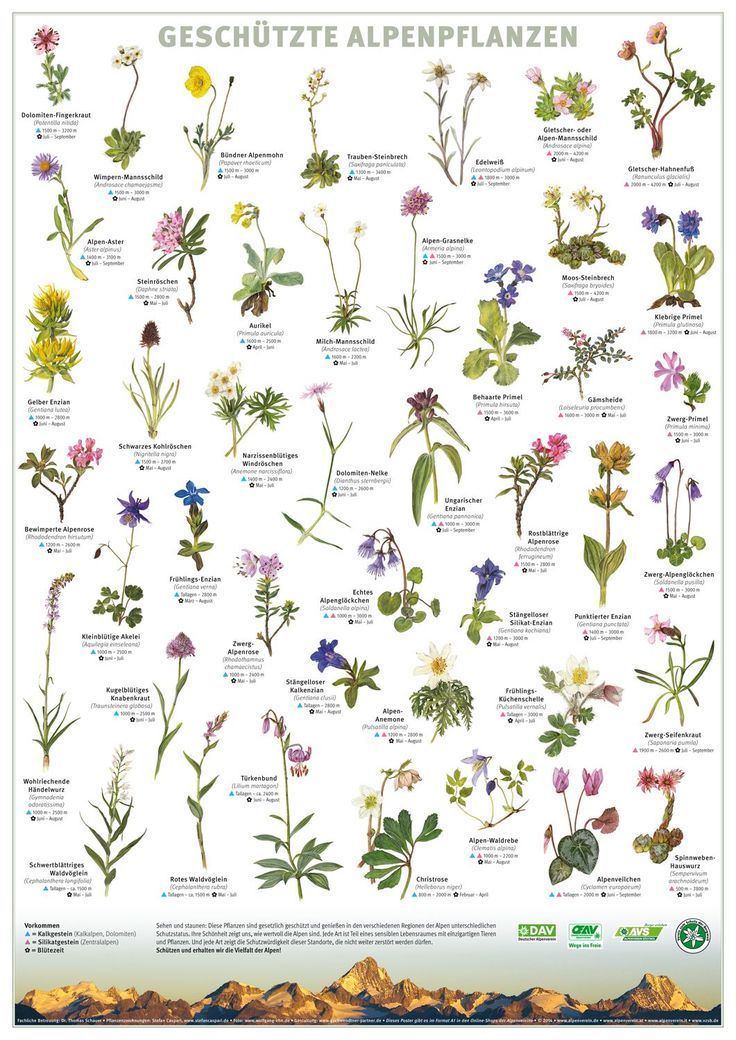
Image by Katja Schulz via Flickr
9. Lesser Celandine – Ficaria verna
Flowers February-May.
Likes slightly damp soil in woods, fields and churchyards. Yellow flowers on long stalks and glossy heart-shaped leaves.
Further reading:
The Wild Flower Key: How to Identify Wild Flowers, Trees and Shrubs in Britain and Ireland
#143162
Collins Wild Flower Guide: The Most Complete Guide to the Wild Flowers of Britain and Ireland
#225655
Harrap’s Wild Flowers: A Field Guide to the Wild Flowers of Britain & Ireland
#245027
Guide to Flowers of Walks and Waysides
#236523
Pocket Guide to Wildflower Families
#229143
Wild Flowers of Britain and Ireland
#198409
Please note that this book is currently out of print – however, second-hand books may be available online.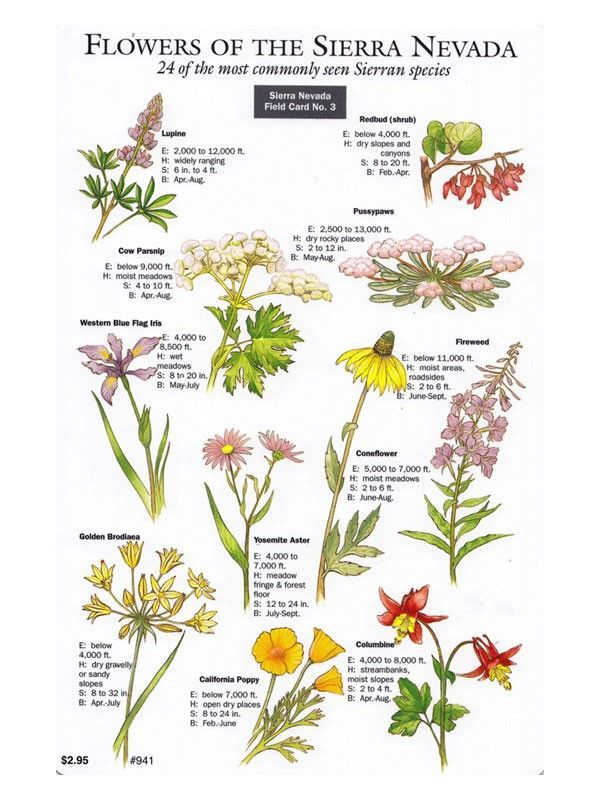
translation into English, synonyms, antonyms, examples of sentences, meaning, phrases
| Sees in the thick grass field flowers , red cows grazing and slowly ascending gentle slopes. | He saw the wildflowers in the heavy grass, and he saw the red cows against the hillsides, moving up the easy ascending paths and eating as they went. |
| For her I collect shells and field flowers , but while I'm tinkering with music for her, I don't know that my little brother is tinkering with her in the basement. | I collect seashells and wildflowers for her, and while I'm making her a mixtape, little do I know my brother's making her in the basement. |
| Sarah King was sitting on the top of a hill, absently picking field flowers flowers . | Sarah King sat on a hilltop absently plucking up wild flowers . |
| Simple wildflowers wither, but bloom again. | The common hill - flowers wither, but they blossom again. |
| All wildflowers in the southwest wing. | All the wildflowers are over in the southwest corner. |
| Seedlings in the Valley were timid, rare, and wild flowers are so late that some have decided that they will not appear at all. | The grain was slow coming up in the Salinas Valley, and the wildflowers came so late that some people thought they wouldn't come at all. |
| The bench stood on a gentle hillock dotted with violets, and Charlie, a great hunter of field flowers flowers, fell in love with this place as much as I did. | There was a bank here, too, which was a famous one for violets; and as it was a daily delight of Charley's to gather wild flowers , she took as much to the spot as I did. |
| field flowers grow everywhere, there are many trees and not far from Seoul. | because here we have wildflowers and trees to see. And it's close to Seoul. |
5 I'm the handsome duck swimming in the water ... smelling the wildflowers ... | |
| A in a clearing of green grass I saw May Martha Mangham; she tore field flowers flowers . | And in a little grassy glade I saw May Martha Mangum plucking wild flowers . |
| She brought field flowers one day. | She brought freeway flowers one year. |
| Hello everyone Field flowers ? | Hi, everybody. - Freeway flowers ? |
| In spring, Texas wildflowers, such as the state flower, bluebonnet, line highways throughout Texas. | During the spring Texas wildflowers such as the state flower , the bluebonnet, line highways throughout Texas. |
| Some steppe grasses include large blue and spear grasses; and wild flowers include aster, goldenrod, prairie crocus and lady's slipper. | Some prairie grasses include big bluestem and spear grasses; and wildflowers include aster, goldenrod, prairie crocus and lady's - slipper. |
| Trillium sulcatum, furrowed vakerobine, Southern red trillium or Barksdale trillium are perennial wildflowers that bloom in April and May. | Trillium sulcatum, the furrowed wakerobin, southern red trillium or Barksdale trillium, is a perennial wildflower which blooms in April and May. |
| These charades are the names of movies, songs, TV shows, famous people, phrases, places, quotes, and often wild flowers, etc. | Those charades are movie titles, song titles, TV shows, famous people, phrases, places, quotes, and often, wildflowers, etc. |
| Different field flowers flowers are not mentioned, depending on the season and country. | Not mentioned are differing wildflowers, depending on season and country. |
| Spring wild flowers are in full bloom and yucca flowers show vibrant colors . | In the spring, the wildflowers are in full bloom and the yucca flowers display bright colors. |
| I could listen much better when I drew corn or field flowers . | I could listen much better when I was drawing corn or wild flowers . |
| It can be seen for many miles from the summit, and in spring and summer field flowers flowers bloom on the hill. | It is possible to see for miles from the summit, and wildflowers bloom on the hill in spring and summer. |
| A man is like the grass of his days, like the flower of the field , so it will bloom, because the breath has stopped in him - and he will not be, and he will no longer recognize his place. | 'The days of man are but as grass, 'for he flourishes as a flower of the field as soon as the wind 'goeth over it, it is gone and the place thereof shall know it no more. |
| The glaze, consisting mainly of ground local feldspar and a small amount of local clay, obtained a satin white color. | The glaze, composed primarily of ground local feldspar and a small amount of local clay, produced a satin white color. |
| Blue continued to be the color of field uniform of the US Army until 1902 and is still the color of dress uniform. | Blue continued to be the color of the field uniform of the US Army until 1902, and is still the color of the dress uniform. |
| The German Army retained the Field Uniform in gray dress for full dress, although in a modern cut and worn with berets. | The German Army has retained a form of field gray for dress wear though of modern cut and worn with berets. |
| During the Johnson administration, the first lady, Lady Bird Johnson, worked to bring attention to Texas field flowers . | During the Johnson Administration the first lady, Lady Bird Johnson, worked to draw attention to Texas wildflowers. |
| Tinkers reminded him of butterflies in a meadow with bright field flowers . | They looked like butterflies in a field of wildflowers. |
| Her hair smelled of wild flowers after a summer rain. | Her hair smelled like wildflowers after a summer storm. |
| The grove and rows of tents were separated by a flat open space overgrown with grass and field flowers . | Between the thicket and the two sets of tents was an expansion of grass and wildflowers. |
| Amy's favorite route was through a meadow littered with wildflowers in every shade of the rainbow. | Amy's favorite walk was through the meadow, rainbowed with colorful wildflowers. |
| I peddle homemade jam and field flowers . | I trade door to door, home - made jams and wild flowers . |
| She sits on sheaves in an elegant wreath of ears intertwined with buttercups and other field flowers . | She is seated on sheaves of wheat and crowned with a gallant garland of wheat ears interlaced with salsify and other flowers . |
| Amy's favorite route was through a meadow littered with wildflowers in every shade of the rainbow. | Amy's favorite walk was through the meadow, rainbowed with colorful wildflowers. |
| With wildflowers and plum. | With wildflowers and a plum tree. |
| lush green valleys, overgrown field flowers flowers as if spring had suddenly come; | Lush green valleys covered in wildflowers that spring up overnight. |
| Grasses make up the bulk of his diet, but he also feeds on grasses, annual wildflowers and new shoots of cacti, as well as their fruits and flowers . | Grasses form the bulk of its diet, but it also eats herbs, annual wildflowers, and new growth of cacti, as well as their fruit and flowers . |
| Most of the water the turtles consume comes from moisture in the grasses and field flowers that they consume in the spring. | Much of the tortoise’s water intake comes from moisture in the grasses and wildflowers they consume in the spring. |
| The 1910 Imperial German Field Gray retained a number of traditional features such as spiked helmets, shakos, buses and colored piping from the old uniforms. | The Imperial German field gray of 1910 retained a number of traditional features such as spiked helmets, shakos, busbies and colored piping from the older uniforms. |
| Field report and color photographs of this shaman are available online. | The field report and color photographs of this shaman are available online. |
| Artillery observers were to advance together with the infantry and communicate with guns by field telephones, flares and colored balloons. | Artillery observers were to advance with the infantry and communicate with the guns by field telephones, flares and colored balloons. |
| There was a vase with a huge bouquet of field flowers flowers on my table. | There was a beautiful bouquet of flowers on my desk. |
| People traditionally weave wreaths of field flowers , make fires and swim in the lakes on the night of this day. | People traditionally weave the wreaths from wildflowers, make the bonfires and swim in lakes on the night of this day. |
| A pleasant aroma of field flowers and fresh oil emanated from the light ointment inside. | A pale cream inside emitted a faint, pleasant scent, like wildflowers and fresh butter. |
| And on the white wooden table there was another bouquet field flowers flowers . | There was another bouquet of wild flowers in the middle of a small white wooden table. |
| Honey aroma field flowers - chamomile, black elderberry and iris. | Honey from sweet field flowers such s camomille, elder flower and iris. |
| We also took into account the peculiarities of each place and decided to use bouquets of field flowers flowers that grow in the countries where you will visit. | We also wanted to feature something particular to each location, so we thought sprigs of native wild flowers indigenous to each country that you're visiting. |
| Half withered bunches field flowers lay on the mounds, the letters on the boards were freshly painted. | Withered bouquets of wild flowers were on the mounds, and the lettering on the headboards was freshly painted. |
| Once he stopped the car, got out, walked up to the fence and stood leaning on the tightly stretched wire, inhaling the resinous smell of eucalyptus trees and the magical aroma field flowers . | Once he stopped the car and got out, walked to a wire fence and leaned on its tautness while he breathed in the gums and the bewitching aroma of wildflowers. |
| This is a feeder filled with field flower seeds for birds that have nothing to eat in the winter near the Amazon. | It's a suet cake for migratory songbirds, and it's loaded with wildflower seeds for the birds to poop out in their deforested wintering grounds in the Amazon River Basin. |
| I'll wake you up early so you can appear on stage in your fancy dress of field flowers flowers . | I shall wake you in plenty of time so you can enter fantastically dressed in wild flowers . |
| Her mother, a young, beautiful woman, but with a sad and tired face, was sitting in a rocking chair near the window, on which stood a magnificent bouquet field flowers . | Her mother, a young and pretty woman but tired and sad - looking, was sitting in a rocking chair near the window; on the sill stood a huge bouquet of wild flowers . |
| The three boxes stand in the midst of the glowing, red field - poppies. | |
| Kate was able to make lovely bouquets of field flowers flowers that she collected herself. | Kate could make pretty floral arrangements using only the blossoms from weeds she picked in the fields. |
| Poirot looked at her hands, convulsively clutching the bouquet field flowers flowers , and at the frozen features of her face. | Poirot looked at her, at her hands clenched fiercely on the wild flowers , at the pale rigidity of her face. |
| The most common motif of Zhostovo painting is a bouquet of mixed garden and field flowers , which is inherently simple and concise. | The most widely used motif of the Zhostovo painting is a bunch of mixed garden and wild flowers , which is simple and laconic in its essence. |
| This article is about one of Australia's most famous and commercialized wildflowers, grown for cut flowers around the world. | This article is about one of Australia's best known and commercial wildflowers grown for cut flower production around the world. |
| There are about 3000 different species in Florida wildflowers flowers . | There are about 3,000 different types of wildflowers in Florida. |
| In spring, the countryside is a riot of field flowers and flowers . | In the spring, the countryside is a riot of wildflowers and blossoms. |
| On field crops such as squash, floating row covers can be used to eliminate beetles, but this may require hand pollination colors . | On field crops such as squash, floating row covers can be used to exclude the beetles, but this may necessitate hand pollination of flowers . |
| Bumblebees are important pollinators of both agricultural crops and field flowers . | Bumblebees are important pollinators of both crops and wildflowers. |
| This is because complex comb filters in receivers are more efficient with 4-field NTSC color phase cadence compared to 8-field PAL cadence. | This is because sophisticated comb filters in receivers are more effective with NTSC's 4 field color phase cadence compared to PAL's 8 field cadence. |
RSSW456-10M / 6602502. Turck. Fieldbus cable. Proximity sensors, limit switches, encoders, frequency converters.
RSSW456-10M / 6602502. Turck. Fieldbus cable. Proximity sensors, limit switches, encoders, frequency converters.- Main
- Turck
- Fieldbus cable
- RSSW456-10M
Manufacturer: Turck
Order code: 6602502
Availability: On order
Delivery time: On order
Buy
Order original Fieldbus cable RSSW456-10M - Turck brand product marking and manufacturer's article 6602502 with retail price per piece. Buy RSSW456-10M at a special price wholesale or retail at DANEX. The special price applies to Turck products for our customers.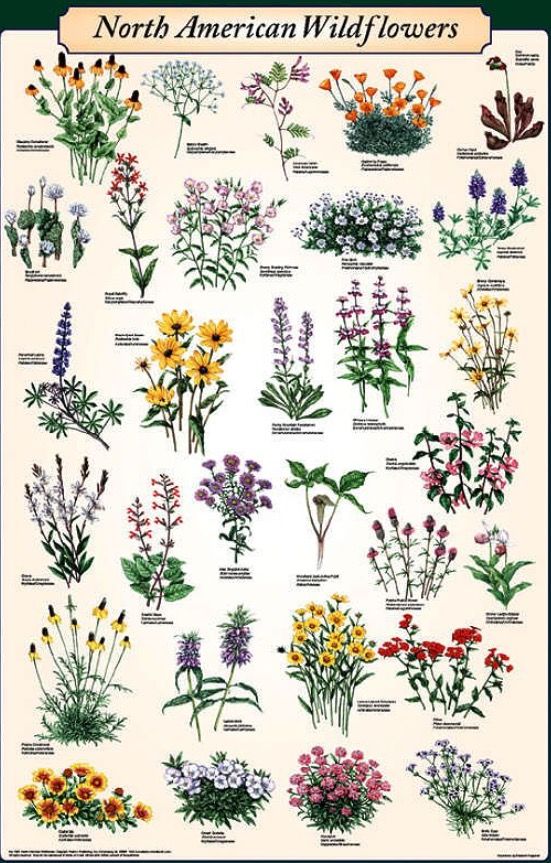
You can buy with delivery RSSW456-10M (article 6602502) Turck at DANEX at retail or wholesale by phone, send an application by mail or use the feedback form on our website. Delivery across Russia, Kazakhstan, Belarus and other CIS countries.
You can find analogues for Fieldbus cable Turck or other brands and clarify the current price for RSSW456-10M by writing us an E-mail or calling us at the number indicated on each page.
Specifications RSSW456-10M 926
| Documents | Description | OBOLLY | 9000 9000 9000 | 9 9000 AT (German) | 9000 38KB 9000 38K | ||
| Datasheet (English) | 38KB | >>>> | |||||
| Datasheet (French) | 38KB | >>> | |||||
| Technical description (Spanish) | 39KB | >>> | |||||
| Technical description (Czech) | 39KB | >>>>>>>>>>>>>>>> | Product data sheet (Dutch) | 38KB | >>>> | ||
| Product data sheet (Romanian) | 38KB | >>>> | |||||
| Product data sheet (english) | 42KB | >>>> |
Any problems with the choice or questions -
call +7 812 209-1346 or +7 812 209-1346
zakaz@danex.